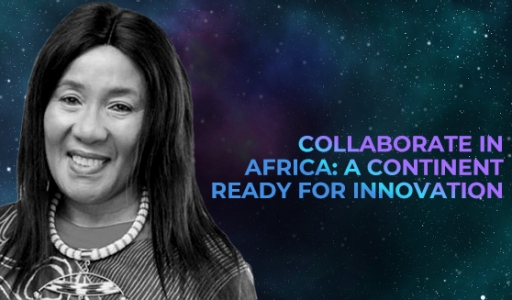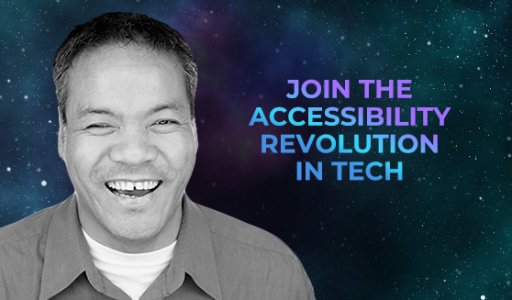
We hosted some inspiring people at #LEAP22. Including Dr. Makaziwe Mandela, daughter of Nelson Mandela, and herself a key figure in social and industrial development in South Africa. We wanted to find out how tech companies can support economic growth and social inclusion in Mandela’s country — because in spite of being the third richest in Africa, it still faces big challenges.
“Tech has been good in various instances,” Mandela said, and went on to speak of the benefits of agricultural technology and mobile tech in particular. “Still, there is a huge gap…a divide in terms of technology, because tech has benefitted mainly those who are rich and wealthy. Access is not very easy.”
The problem with tech access in some regions of Africa is underpinned by patchy internet penetration. Although southern and northern Africa have reported internet penetration above the world average in 2022 (66% and 63% respectively) eastern and middle Africa reported only 24% and 26%, according to data from Statista. And even within countries, it varies wildly between urban and rural areas.
At the start of 2022, South Africa had a high internet penetration rate of 68.2%, which could lead the unassuming data analyst to think things are all good; but ongoing economic divides mean that it’s the poorest people in the country who continue to lag behind. Even among those who own connected devices, Mandela pointed out that data is prohibitively expensive. And there are other access barriers that are often overlooked by global tech providers — like the inconsistent electricity supply that’s crippling South Africa’s economic growth.
Africa is a continent that needs to be included
“If you look at the subcontinent of Africa you have to understand that we have been left behind in terms of economic development, in terms of first, second, and third wave…much more so now with the new frontier technologies that are coming out,” Mandela said. “However, Africa is positioned with a lot of resources that the world needs. That the world uses in its technology. And I think it’s a shame that we will be left behind in terms of new technologies.”
From Mandela’s perspective, the South African government has created a welcoming market for international companies. She cited Microsoft and Cisco as two major tech players with a presence in the country, and there are many more — including SAP, Huawei, and Derivco.
So the issue isn’t that companies aren’t on the ground in South Africa, or in other African countries. “The issue,” Mandela said, “is what has been provided by tech companies isn’t accessible to all the people in society.”
For example, while overall internet penetration appears high, less than 10% of households in South Africa actually have internet access at home via a copper or fibre connection, according to the General Household Survey. This means that high connectivity rates are largely due to mobile access, and that is restricted by patchy data connections and the cost of data. So there’s a long way to go before hardware that requires a reliable internet connection and reliable electricity supply will find its way into the majority of South African homes.
But how can tech companies make a difference?
For Mandela, the answer is in local knowledge, and localised adaptations of tech to equip people in different African regions with better access to new technology. Referring to the companies that are building their presence in Africa, Mandela said:
“I think there should be a collaboration between our governments and these tech companies to be able to adapt the technologies for the unique environments that there are in Africa.”
In other words, technology that’s created by and for people on other continents, with other accessibility levels and other localised needs, can’t just be transplanted into Africa and expected to work in exactly the same way. Instead, companies must innovate and adapt technologies to the realities of life in specific African countries and regions.
Before digital data was a thing, anthropologist Clifford Geertz wrote (in his 1973 book, The Interpretation of Cultures), “What we call our data are really our own constructions of other people’s constructions of what they and their compatriots are up to.”
And although tech developers in 2022 collect data in a very different way to anthropologists in the 70s, it’s still a point worth remembering. If an American company lands in an African country, and collects data in the same way it collected data in America, and interprets that data in the same way it did in America, and develops insights based on an American understanding of behaviour and technology access…and then uses those insights to roll out tech to people in that African country…are there going to be oversights?
Would collaboration with a local government body, a local company, or local individuals create the conditions for more culturally intelligent insights and tech use?
Yes. Definitely. And that’s what Mandela was getting at. So, she added, “I would beg technology companies here today, to form strong collaborative partnerships with companies in the developing world. Whatever technology is developed, it is important that [it] be very inclusive of all people in the society, and benefit everybody.”




